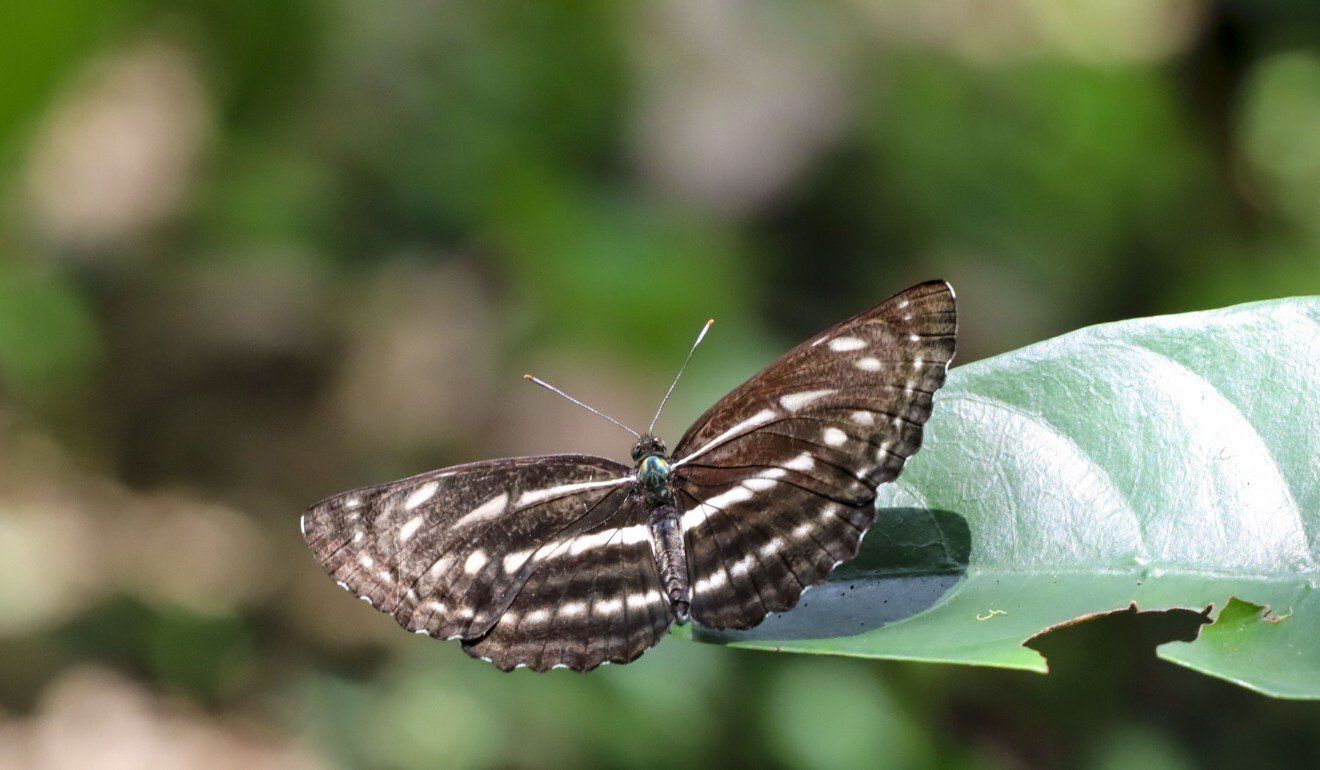Hong Kong News

Hong Kong butterfly population still robust, but habitats at risk, group warns
A local green group has found that Hong Kong remains home to a diverse array of butterfly species, but a rise in visitors to the countryside during the coronavirus pandemic has prompted it to warn against “bad behaviour” around spots popular with the winged insects.
In its annual survey of the city’s butterflies, conducted between June of 2020 and May of this year, the group Green Power found 162 different species of the insect in nine hotspots, representing 60 per cent of the species previously recorded in Hong Kong. Among the species found, 44 were listed as “rare” or “very rare” by the Agriculture, Fisheries and Conservation Department.
“Our surveys start around springtime and stretch throughout the summer, and last year, this happened to be the worst stretch of the pandemic in the city,” said Lo Wai-fung, the group’s senior education and conservation officer.
That meant the number of days the group and its volunteers could spend conducting surveys was cut roughly in half, Lo said.
“But even so, we still managed to count up to 60 per cent of Hong Kong’s recorded species, a number we still consider quite high,” he added.
The previous annual survey had found 183 species across 11 hotspots, but that year the group had 360 volunteers at its disposal, compared to just 250 this time around.
One notable butterfly found during this year’s survey was the Neptis nata, commonly known as the Burmese Sailer, which was only recently recognised as a local species by the conservation department, Lo said. It was recorded for the first time in Luk Keng, in the city’s North district, but surveyors had since spotted it in a few other locations, which suggested the population was growing.
Lo said rising temperatures brought on by climate change had contributed to an explosion in the city’s butterfly population, but warned a larger number of visitors to the city’s countryside could disturb the insects’ habitats.
 A Burmese Sailer butterfly found in Luk Keng.
A Burmese Sailer butterfly found in Luk Keng.
Crowds in country parks had expanded hiking trails and destroyed plant cover along the paths that was previously an important food source for butterflies.
Other types of bad behaviour, such as dumping trash and straying from marked trails to find new “photo-worthy spots”, were also detrimental to the environment, he added.
But the rise in temperatures has not been a boon to all species. Green Power observed a drop in species such as the Freyeria putli, or Straight Five-ring, which prefers cooler climates.
A previous survey by Green Power, released last April, found the highest number of butterflies in the city in 14 years, which it also attributed to warmer temperatures.
Last year was one of the city’s hottest on record, with 11 out of 12 months warmer than usual, according to data from the Hong Kong Observatory. This May, meanwhile, was the hottest ever, and this spring was the city’s warmest since 1884.











